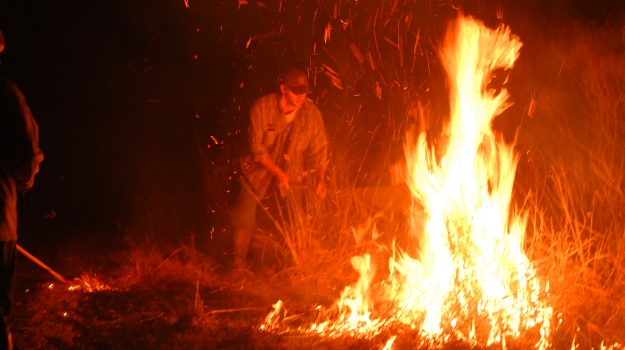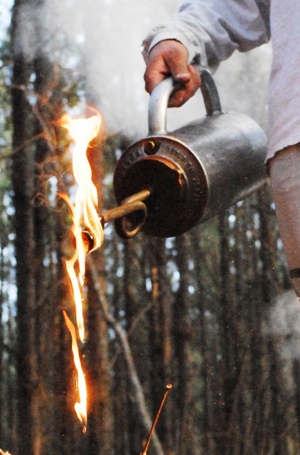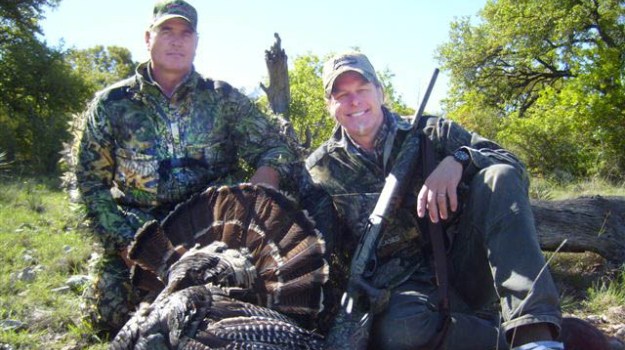
No, when we’re speaking about a controlled burn we are not talking six-pack abs here; we are talking about something far more important - the environment.
Reforestation is a huge issue at the moment - with success being found in all areas. Even the U.S. government has reported that over three million acres have been re-seeded with baby saplings. Innovative ideas have sprung up in this area, such as flying planes over inaccessible land and dropping trees that are weighted down with arrow tips so that they will plant themselves, re-seeding areas with native flora and vegetation. These new ideas have been building up dying habitats. Many people will shake their heads when they hear about controlled burns being a good thing for the environment. They figure, why waste all this money to save the forests just to move to a new location and burn down the trees? Well…there is a very important reason.
You would be amazed at the benefits of controlled burns and the absolute necessity for that particular facet of reforestation to continue. With 80 percent of U.S. forests moderately or severely tainted, and with climate changes making the situation far worse, controlled burning is the chosen path to bring them back to life.
Forest and prairie fires are a part of nature; they are an all-natural source that helps to shape, change and rejuvenate ecosystems. It is the fire parameters themselves - from the frequency of the burns to the temperature it burns at to which season the burn occurs, that dictate the types of plants and animals that will be found in a given area.
 Changes in climate are causing more frequent and more intense wildfires, therefore controlled burns are used to take away the fuel so that these harmful fires do not have the energy to wreak havoc. A controlled burn offers the correct way to mend a habitat that is full of fire-loving, non-native plants. Setting a controlled burn will also manage locations that have fire-adapted plants and animals; a true tool that increases an ecosystem’s resilience to the impacts of climate change and human threats. By creating a controlled burn, it ensures that natural areas will continue to provide clean air and water.
Changes in climate are causing more frequent and more intense wildfires, therefore controlled burns are used to take away the fuel so that these harmful fires do not have the energy to wreak havoc. A controlled burn offers the correct way to mend a habitat that is full of fire-loving, non-native plants. Setting a controlled burn will also manage locations that have fire-adapted plants and animals; a true tool that increases an ecosystem’s resilience to the impacts of climate change and human threats. By creating a controlled burn, it ensures that natural areas will continue to provide clean air and water.
There are actually preserves built around plants and animals that require fairly frequent fire to survive and grow. As a result, controlled burning is an important management tool for everyone from the U.S. Forest Service to landowners and managers. And extensive training is given to these private individuals so they can follow the same high standards as the federal wildland fire agencies. The Nature Conservancy, which has conducted more than 1.5 million acres of burning on Conservancy and partner lands, also provides training seeing as that they are a recognized leader in the field of ecological fire management. Fire has a definite role in nature, and these agencies make sure to keep fire out of places where it can become destructive.
Yes, there are always hidden problems that can arise in nature from the wind picking up unexpectedly to the fire jumping the firebreak, but there’s a lot that can be done to minimize the chance that something will go wrong. Therefore, making the decision to burn or not to burn is made per area. Some areas are more difficult to burn safely while some landscapes will benefit from fire more than others. Burns are only set up when the natural benefits to the habitat far outweigh the danger. Consider the three types of prescribed burns before beginning the process.
Most ecosystems in North America need fire to continue on. They have a positive impact ecologically and improve habitat for wildlife, such as mule deer and cavity-nesting birds. It also reduces fuels which allow naturally ignited fires to burn without the fear of the fire spreading.
Not to mention, prescribed burning can provide direct benefits to humans. A well-timed fire can improve forage for livestock and help with agricultural planting and harvesting. In addition, a controlled burn will help to prevent all of the devastating fires that have happened over the years by taking away the fuel that the fire needs in order to rage.
Is controlled burning easy? No. (But neither is getting those six-pack abs). Is it worth it? Absolutely!
This article is courtesy of the GameKeepers Farming for Wildlife publication, a quarterly wildlife and land management magazine produced by the Mossy Oak GameKeepers. For more information on subscribing or joining visit Mossy Oak GameKeepers Club.






























